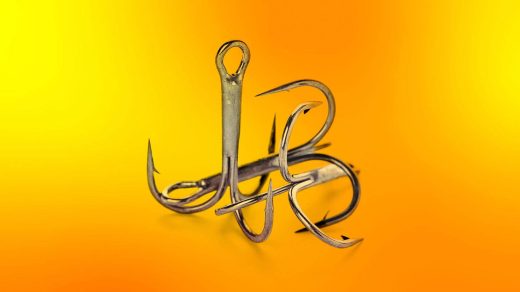Malunggay (Moringa oleifera) finds use as food and as traditional medicine, especially in the Philippines, in treating blackheads, diarrhea, eye and ear infection, fever, sprain, and pimples—in preparations as varied as its’ uses. High in vitamin A and other essential amino acids and nutrients, there are but a few culinary uses of malunggay save for as soup ingredient or as a salad. Modern use however has extended this to processing of dried malunggay leaves into powdered form in making special bread, noodles and delicacies like pastries (puto, polvoron), for making it into herbal teas, or even as a cleaning agent. However, the reach of malunggay does not end here.
During the Department of Agriculture – Bureau of Agricultural Research (DA-BAR) seminar series for the month of May, the Applied Communications Division (ACD) arranged for a discussion on the utilization of malunggay as goat feed for milk production. Attended by roughly 40 participants from various sectors, the seminar, “Malunggay as Goat Feed,” was conducted by Ms. Remedios Acasio of the DA-Bureau of Animal Industry (DA-BAI), wherein she explained the increasing demand for goat milk and the challenges in meeting the demand.
Although goat is one of the livestock used in dairy production, it remains one of the lesser producers—with only a 9.3 percent increase in heads per year. It falls last compared to cows and buffalos. In order to meet the increasing demand, a big improvement in quality for local goat milk to be able to compete with cheaper imported products is needed. Farmers also need to be encouraged to go into dairy goat enterprises to increase their profits and be provided with continuous training on cultural practices for milk production.
The project, “Commercialization and Development of Malunggay (Moringa oleifera) for Dairy Goat”, aims to utilize malunggay as goat feed for lactating goats. This is geared towards cutting the cost of feed concentrate and supplements needed in goat milk production, and towards increasing the farmer’s income. According to the project’s proponents, by commercializing malunggay as a feed for dairy goat production, milk production may increase while reducing production cost. This could be achieved by 1) development of malunggay for feed, 2) on-farm feeding of malunggay leaf meal and pellets, 3) cost benefit evaluation, and 4) production and distribution of malunggay leaf meal and pellets.
In the project, the researchers promoted the use of malunggay as forage for goats raised for milk production. Its high nutrient content increased milk production by 134 percent. Quoting from their report , “daily supplementation per head with one tablespoon of malunggay powdered leaves produced the highest daily milk”.
At the moment, however, there are no major producers of malunggay in the country, and therefore no stable supply, said Ms. Acasio during the seminar. This is one production issue that remains to be addressed and could be a viable new enterprise. ###
Source: Zuellen B. Reynoso, Bar Chronicle, BAR seminar highlights malunggay as goat feed. May 2013 Issue (Vol. 14 No. 5)



Recent Comments